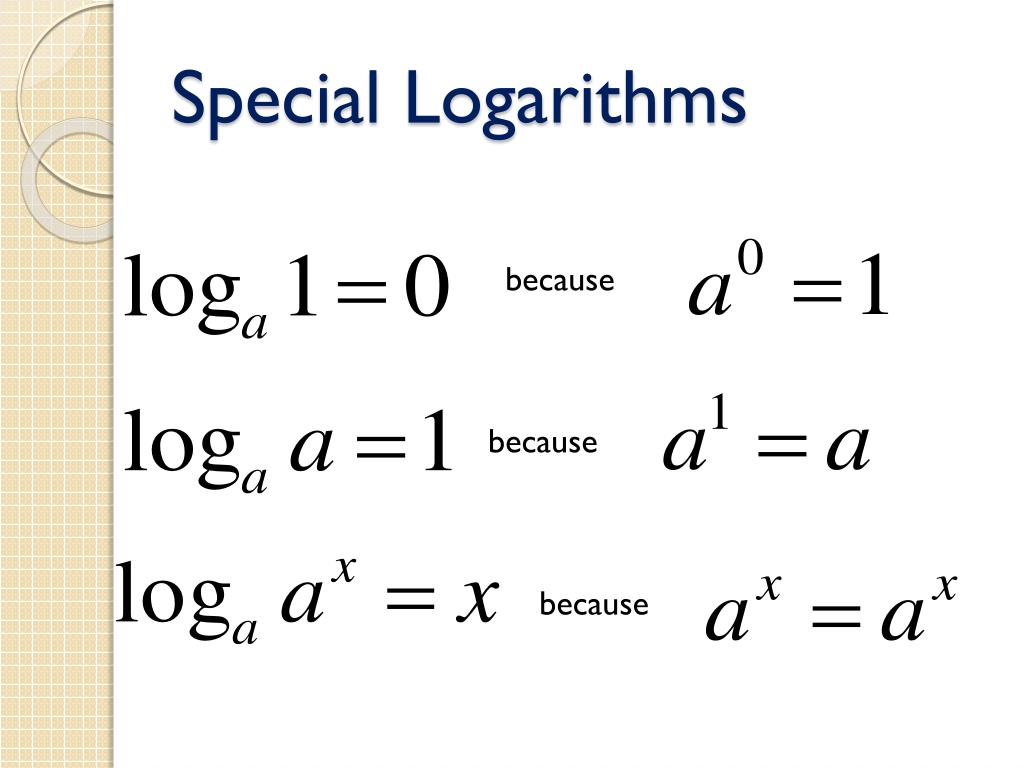

Johannes Kepler, at the time working on his famous laws of planetary motions, was among them. As a result, many astronomers were struggling with endless calculations to detect the position of the planets using Copernicus's theory of the solar system. Napier's scientific activities coincided with the era of new developments in astrophysics. The new computational procedure was instrumental in the field of astronomy. The below table represents some frequent number common and natural logarithms. Logarithm tables that aimed at easing computation in the olden times usually presented common logarithms, too. It is used, for example, in our decibel calculator. It is also known as the decimal logarithm, the decadic logarithm, the standard logarithm, or the Briggsian logarithm, named after Henry Briggs, an English mathematician who developed its use.Īs its name suggests, it is the most frequently used form of logarithm. The other popular form of logarithm is the common logarithm with the base of 10, log₁₀x, which is conventionally denoted as lg(x). Two common variables involve natural logarithm: the GDP growth rate and the price elasticity of demand.

Since growth rates often follow a similar pattern as the above example, economics also heavily rely on natural logarithms.

Instead, it becomes somewhat stable: it's approaching a unique value already mentioned above, e ≈ 2.718281. You may notice that even though the frequency of compounding reaches an unusually high number, the value of (1 + r/m)ᵐ (which is the multiplier of your initial deposit) doesn't increase very much. Now let's check how the growing frequency affects your initial money: Now, let's imagine that your money is recalculated every minute or second: the m became a considerably high number. It is easy to see how quickly the value of m is increasing if you compare yearly (m=1), monthly (m=12), daily (m=365), or hourly (m=8,760) frequencies. Let's assume that you deposit some money for a year in a bank where compounding frequently occurs, thus m equal to a large number. m represents the number of times the interest is compounded per year or compounding frequency and.r is the annual interest rate (in decimals).A is the value of the investment after t years.

The formula for annual compound interest is as follows: That is the interest that is calculated on both the principal and the accumulated interest. One practical way to understand the function of the natural logarithm is to put in the context of compound interest. Therefore, y = logₑx = ln(x) which is equivalent to x = eʸ = exp(y). You might also see log(x), which also refers to the same function, especially in finance and economics. Accordingly, the logarithm can be represented as logₑx, but traditionally it is denoted with the symbol ln(x). Conventionally this number is symbolized by e, named after Leonard Euler, who defined its value in 1731. If you want to compute a number's natural logarithm, you need to choose a base that is approximately equal to 2.718281. You can choose various numbers as the base for logarithms however, two particular bases are used so often that mathematicians have given unique names to them, the natural logarithm and the common logarithm.


 0 kommentar(er)
0 kommentar(er)
